Introduction
Lung diseases impact millions worldwide, posing significant challenges to public health. In this comprehensive guide, we aim to unravel the complexities of various respiratory conditions, shedding light on their causes, symptoms, and potential treatments.
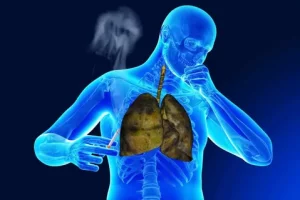
The Respiratory System
The respiratory system is a remarkable mechanism, enabling us to breathe effortlessly. Picture your lungs as dynamic bellows, expanding and contracting tirelessly to draw in life-giving oxygen and expel carbon dioxide. When any part of this intricate system falters, lung diseases can arise, disrupting this delicate balance.
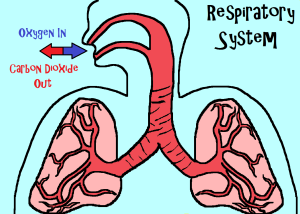
Lung Diseases Affecting Airways
- Asthma Simplified:
- Asthma is like an ongoing battle within your airways, causing inflammation, spasms, and resulting in common symptoms like wheezing and breathlessness. Triggers can range from allergies to infections or exposure to pollution.
- COPD Unveiled:
- Chronic Obstructive Pulmonary Disease (COPD) encompasses chronic bronchitis and emphysema, making exhaling a challenging task. Chronic bronchitis brings a persistent wet cough, while emphysema traps air in the lungs, causing difficulty in breathing.
- Acute Bronchitis Decoded:
- This sudden infection of the airways is often caused by a virus, leading to inflammation and discomfort.
- Cystic Fibrosis Made Understandable:
- Imagine having trouble clearing mucus from your airways. This is the daily struggle for those with cystic fibrosis, making them prone to recurrent lung infections.
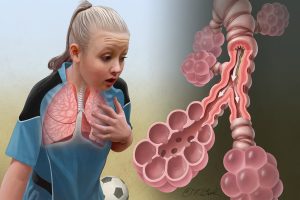
Lung Diseases Affecting Air Sacs (Alveoli)
- Pneumonia Unraveled:
- Pneumonia is like an unwelcome guest infecting the tiny air sacs in your lungs, usually due to bacteria or viruses, including the one responsible for COVID-19.
- Emphysema Simplified:
- Smoking can damage the fragile links between air sacs, limiting airflow and causing breathing difficulties.
- Pulmonary Edema:
- When fluid leaks into the air sacs and surrounding areas due to heart failure or lung injury, it’s called pulmonary edema.
- Understanding Lung Cancer:
- Lung cancer comes in various forms, often starting in the main part of the lung or near the air sacs.
- ARDS Explained:
- Acute Respiratory Distress Syndrome (ARDS) is a severe lung injury, sometimes necessitating ventilator support, as seen in cases like COVID-19.
- Pneumoconiosis Unveiled:
- Inhaling harmful substances like coal dust or asbestos can lead to conditions such as black lung disease or asbestosis.
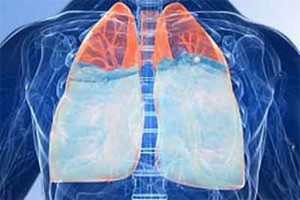
Lung Diseases Affecting the Interstitium
- Decoding Interstitial Lung Disease (ILD):
- ILD encompasses various lung conditions like sarcoidosis, idiopathic pulmonary fibrosis, and autoimmune diseases.
- Interstitium and Other Lung Issues:
- Pneumonia and pulmonary edema can also affect the thin lining between your air sacs.
Lung Diseases Affecting Blood Vessels
- Pulmonary Embolism Explored:
- Picture a blood clot traveling from a deep leg vein to your lungs, causing pulmonary embolism and leading to breathlessness.
- Understanding Pulmonary Hypertension:
- Conditions causing high blood pressure in pulmonary arteries can result in shortness of breath and chest pain. If the cause is unknown, it’s termed idiopathic pulmonary arterial hypertension.
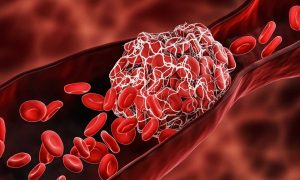
Lung Diseases Affecting the Pleura
- Pleura in Focus:
- The pleura, a thin lining surrounding your lungs, can be affected by conditions like pleural effusion, pneumothorax, and the rare cancer, mesothelioma. Treatment for other healthy problems
Lung Diseases Affecting the Chest Wall
- Obesity Hypoventilation Syndrome Unveiled:
- Extra weight on your chest and belly can impede chest expansion, leading to serious breathing problems.
- Neuromuscular Disorders Simplified:
- Conditions like amyotrophic lateral sclerosis (ALS) and myasthenia gravis affect breathing when the nerves controlling respiratory muscles don’t function correctly.
Conclusion
Navigating the world of lung diseases is essential for proactive health management. From understanding asthma triggers to recognizing symptoms of pneumonia, being informed empowers you to make healthier choices. Prioritize your respiratory well-being, seek timely medical attention, and embrace a lifestyle that supports your lung health.




